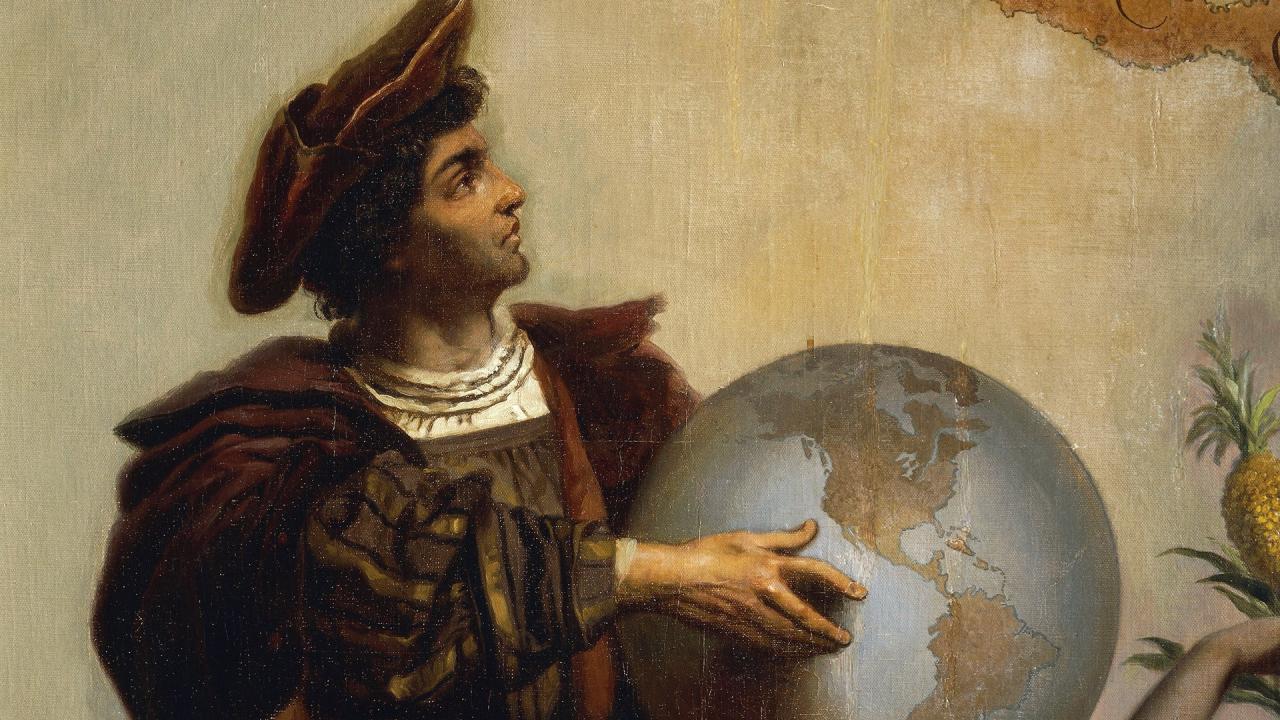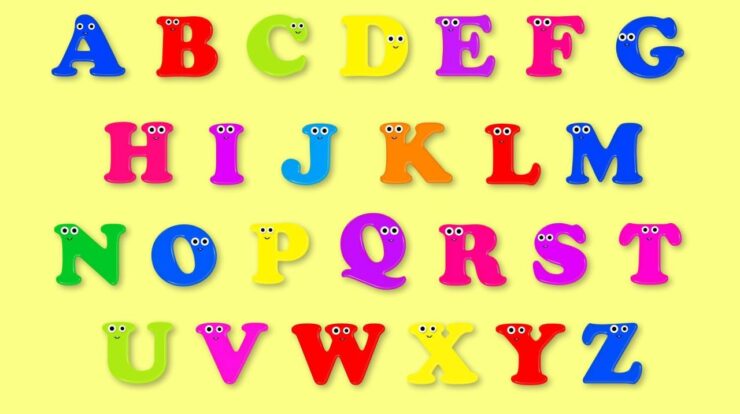What columbus thought he’d reached in 1492 nyt – In 1492, Christopher Columbus embarked on a voyage that would forever alter the course of history. His quest to reach the Indies led him to a landmass he believed to be Asia, but his misapprehension would have profound consequences for both Europe and the Americas.
Columbus’s belief that he had reached Asia was based on several factors, including his navigational techniques, his observations of the land and its inhabitants, and his own preconceptions.
Christopher Columbus’s Destination
Christopher Columbus, an Italian explorer and navigator, set out on a journey across the Atlantic Ocean in 1492, seeking a westward route to Asia. However, he stumbled upon the Americas, which he mistakenly believed to be the East Indies.
Columbus’s misconception was supported by his observations and experiences during his voyage. He noted the presence of indigenous people, whom he called “Indians,” and the abundance of gold and spices, which he associated with the East.
Evidence from Columbus’s Writings
- In his letter to the Spanish monarchs after his first voyage, Columbus wrote, “I have come to the conclusion that this is the mainland and that it is very large, and that there are many other islands in its vicinity, and that they are all densely populated.”
- Columbus also described the land he had discovered as being “very beautiful” and having “many meadows and plains, very good for cattle, and there are many streams of fresh water, and there are many large trees, pines and oaks and cypresses and other kinds of trees, and there are many fruits, and there are many birds of all kinds, and there are many fish in the streams and in the sea.”
Significance of Columbus’s Misconception
Columbus’s belief that he had reached Asia had a profound impact on European exploration and colonization. It led to the establishment of European colonies in the Americas and the subsequent displacement and exploitation of indigenous populations.
Evidence and Clues
To determine what Columbus believed he had reached in 1492, we examine the navigational techniques, instruments, and observations he used during his voyage.
Navigational Techniques and Instruments
Columbus used a combination of dead reckoning and celestial navigation to determine his position at sea. Dead reckoning involved estimating his location based on the distance and direction he had traveled from his starting point. Celestial navigation involved using the positions of the sun, moon, and stars to calculate his latitude and longitude.
The primary instruments Columbus used for navigation were the astrolabe, the quadrant, and the compass. The astrolabe and quadrant were used to measure the altitude of celestial bodies above the horizon, which allowed him to determine his latitude. The compass was used to determine the direction he was traveling.
Observations and Descriptions of the Land
Columbus’s observations and descriptions of the land he encountered also provide clues to his beliefs about where he had reached. He described the islands he visited as being “very beautiful” and “very green.” He also noted that the natives were “naked” and “painted.”
These observations suggest that Columbus believed he had reached the Indies, which was a region in Asia that was known for its spices and riches.
Discrepancies between Columbus’s Expectations and the Actual Geography of the Americas
There were several discrepancies between Columbus’s expectations and the actual geography of the Americas. For example, Columbus believed that he had reached the Indies, but he had actually reached the Caribbean islands. He also believed that the Americas were much smaller than they actually were.
These discrepancies suggest that Columbus did not have a clear understanding of the geography of the Americas. He was likely influenced by the writings of Marco Polo and other travelers who had visited Asia. These writings described the Indies as being a vast and wealthy region, and Columbus may have believed that he had reached this region when he arrived in the Americas.
Impact on Indigenous Populations
Columbus’s arrival in the Americas had a profound impact on the indigenous populations, triggering a series of cultural, social, and political changes. The arrival of Europeans initiated a period of colonization and displacement that had far-reaching consequences for the indigenous communities.
Cultural Changes
The introduction of European culture and values had a significant impact on indigenous beliefs, practices, and traditions. Missionaries sought to convert indigenous populations to Christianity, often suppressing or eradicating traditional religious practices and beliefs. European diseases, such as smallpox and measles, decimated indigenous populations, leading to the loss of traditional knowledge and practices.
Social Changes, What columbus thought he’d reached in 1492 nyt
European colonization led to the displacement and relocation of indigenous populations. The establishment of European settlements and the exploitation of resources disrupted traditional land use patterns and social structures. The introduction of slavery and forced labor had a devastating impact on indigenous communities, leading to the loss of lives and the disruption of family and social bonds.
Political Changes
European arrival marked the beginning of a period of colonial rule, where indigenous populations were subjected to European political and economic systems. Indigenous governance structures were often dismantled or replaced by European institutions, leading to a loss of autonomy and self-determination.
Legacy and Historical Context
Christopher Columbus’s voyages sparked a profound transformation in European perceptions of the world. His “discovery” of the Americas, which he mistakenly believed to be the Indies, set in motion a chain of events that would have far-reaching consequences for both Europe and the indigenous populations of the Americas.
In the centuries following Columbus’s voyages, European explorers and cartographers gradually filled in the map of the Americas, shaping the way Europeans understood the world’s geography. Columbus’s discovery also sparked a surge of scientific interest in the Americas, leading to the development of new theories about the Earth’s shape and the distribution of plant and animal life.
European Colonial Ambitions
Columbus’s discovery of the Americas also had a profound impact on European colonial ambitions. The vast wealth and resources of the Americas lured European powers to establish colonies in the region, leading to the displacement and subjugation of indigenous populations.
- The Spanish established a vast empire in the Americas, exploiting the region’s mineral wealth and agricultural resources.
- The Portuguese, French, and English also established colonies in the Americas, competing with Spain for control of the region’s resources.
- The colonization of the Americas had a devastating impact on indigenous populations, who were subjected to disease, slavery, and forced labor.
Ongoing Debates and Controversies
Columbus’s legacy remains a subject of ongoing debate and controversy. Some historians have criticized Columbus for his role in the colonization of the Americas and the displacement of indigenous populations.
- Others argue that Columbus’s voyages were a necessary step in the exploration and understanding of the world.
- The debate over Columbus’s legacy is likely to continue for many years to come.
Last Recap

Columbus’s misidentification of the Americas as Asia had a profound impact on the course of history. It led to the European colonization of the Americas, the displacement of indigenous populations, and the introduction of new diseases and technologies.
Even today, the legacy of Columbus’s voyage continues to be debated, with some arguing that he was a hero who opened up the New World, while others condemn him as a ruthless conqueror.
Common Queries: What Columbus Thought He’d Reached In 1492 Nyt
What did Columbus think he had reached in 1492?
Columbus believed he had reached the Indies, which was the European name for Asia at the time.
Why did Columbus believe he had reached Asia?
Columbus’s belief was based on several factors, including his navigational techniques, his observations of the land and its inhabitants, and his own preconceptions.
What was the impact of Columbus’s misidentification of the Americas?
Columbus’s misidentification of the Americas as Asia had a profound impact on the course of history. It led to the European colonization of the Americas, the displacement of indigenous populations, and the introduction of new diseases and technologies.


